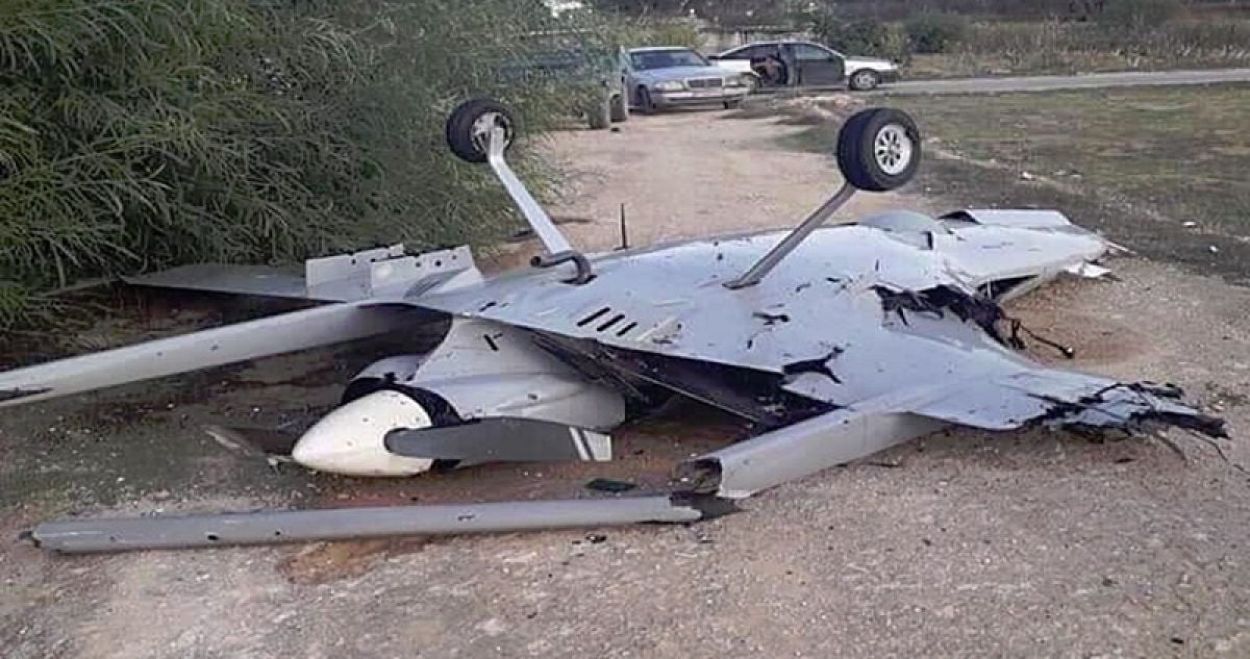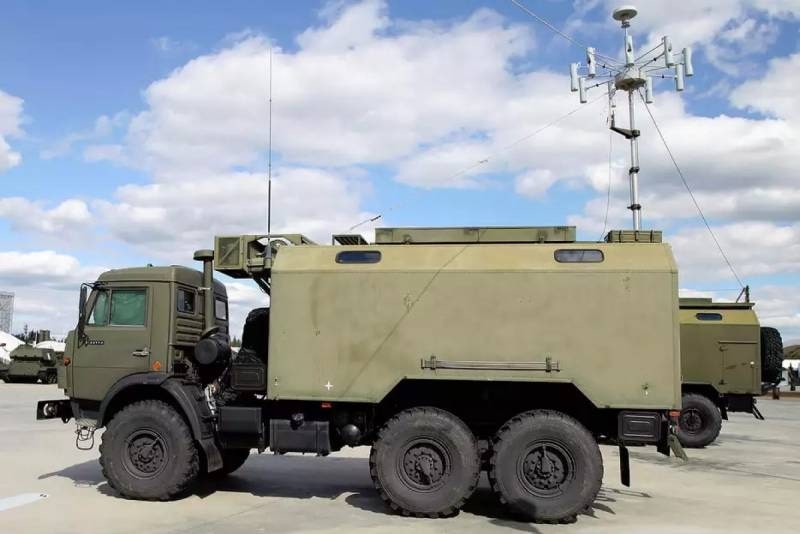Researchers have revealed new Russian Electronic Warfare (EW) systems and capabilities that have been devastating for Ukrainian unmanned aerial vehicles (UAV) and encrypted radio communications in an alarmingly short period.
A report by the United Kingdom (UK)-based Royal United Services Institute (RUSI) notes how Moscow’s EW has consistently remained effective and brought down nearly 10,000 Ukrainian drones a month which is approximately 333 drones per day.
Like its ‘echeloned’ air defense, with progressively overlapping short, medium, and long-range surface-to-air (SAM) systems, Russian ground forces have adequately distributed EW platforms covering every 10 kilometers of the front.
Russian Lead In Electronic Warfare
Previous analyses by EurAsian Times last year had noted how Russia led in EW, having prepared in the technology since the war in Syria in 2015 and the annexation of Crimea a year before.
Subsequent reports in leading Western press further revealed the extent of the success of Russian EW that harrowed Ukrainian operations, with the most diverse range of systems for tackling everything from drones, communications, satellite navigation signals, and satellites.
The war has passed a year and is expected to continue for a few more months, with the US-led North Atlantic Treaty Organization Alliance (NATO) alliance continuing to arm Ukraine. Russia, meanwhile, is making the final push to capture small remaining pockets of territory in the south and east of Ukraine.

A New Russian Counter-Drone System
Russia’s Krasukha-2, Krasukha-4, RB-341V LEER-3, R-330Zh Zhitel, Murmansk-BN, and Moskva-1 are some of the known EW platforms, performing radio, communications, radar satellite navigation signal jamming of various frequencies and bands, along with Electronic Support (ES) and Electronic Attack (EA) roles.
The EurAsian Times had also reported how the 14Ts227 Tobol EW system disrupted the “synchronization” of the Starlink satellite internet service with its ground terminals.
But the RUSI study also revealed one EW jammer, the Shipovnik-Aero, responsible for bringing down many Ukrainian UAVs. “The Shipovnik-Aero is proving a particularly effective system because it has a low signature and can further obfuscate this by imitating other emitters and communications devices.
“It also has a sophisticated range of effects for downing UAVs. The Russian military continues extensively using navigational interference in the battle area as electronic protection. This is contributing to a Ukrainian loss rate in UAVs of approximately 10,000 per month,” said the RUSI study by Jack Watling and Nick Reynolds.
The study added that the Russian EW platforms are “heavily weighted towards the defeat of UAVs and tend not to try and deconflict their effects.” It can be assumed that by “deconflict,” the authors mean Russian units do not immediately capitalize on the loss of such a system by attacking the Ukranians since the destruction of any enemy platform means a degradation in defensive capability.

“There is minimal interest among Russian crews in synchronizing these effects with other activities or with deconflicting their effects,” the study further adds.
Devastating Ukrainian Drones
Alongside the Shipovnik-Aero, the Russian military has extensively rolled out EW effectors to be organic to all units at all echelons. This includes counter-UAV capabilities assigned to each platoon, usually directional jammers and arrays for hijacking UAVs. “Ukrainian forces now assess that at least one of these systems is available to each platoon within Russian line units,” the study noted.
There are multiple videos of Russian soldiers using large hand-held non-kinetic anti-drone guns, causing overhead Ukrainian UAVs to either drop from their flight or land softly nearby. The former means the radio control link between the drone and its ground-based operator has been severed, while the latter implies that Russian jammers have taken control of the drone.
The EurAsian Times last year reported on a video showing Russian troops retrieving one such Chinese-origin DJI drone, ostensibly used by the Ukrainians for surveillance and artillery fire correction, after jamming it with the Stupor anti-drone gun.
Jamming Ukrainian Radio Communications
Specifically about military communications, the authors noted a highly sophisticated and “capable” Russian EW ability to intercept and decrypt encrypted Ukrainian radio communications using what they identified as the Torn-MDM jammer.
“(Russian EW) achieve real-time interception and decryption of Ukrainian Motorola 256-bit encrypted tactical communications systems, which are widely employed by the Armed Forces of Ukraine (AFU).”
It quoted Ukrainian army officers recalling an incident where the Russian headquarters gave a “pre-emptive warning” to units about coming under an artillery barrage immediately after Ukrainian troops called in a fire strike. Although the 256-bit encrypted Motorola radios, Russian EW troops could “capture and decrypt these transmissions in real-time.”
“When the Russians are not intercepting traffic, Ukrainian units note that they can reliably suppress the receivers on Motorola radios out to approximately 10 km beyond the Forward Line of Enemy Troops (FLET).”
Interestingly, earlier in the war, Russian commanders were noted to have made the rookie mistake of communicating on open mobile phones and unencrypted radio, leading to the AFU targeting and bombing at least five Russian generals by late March last year.
A report in Business Insider from November 2022 instead noted that the Russian “jamming offensive” was so “devastating” that it was also disrupting Russia’s communications, forcing it to “scale back” its operations in the first two days.
- The author can be reached at satamp@gmail.com
- Follow EurAsian Times on Google News




